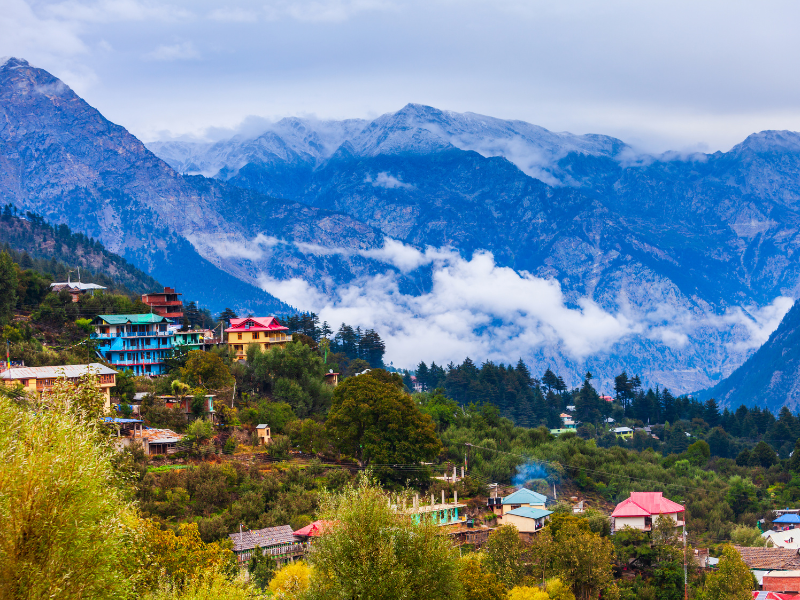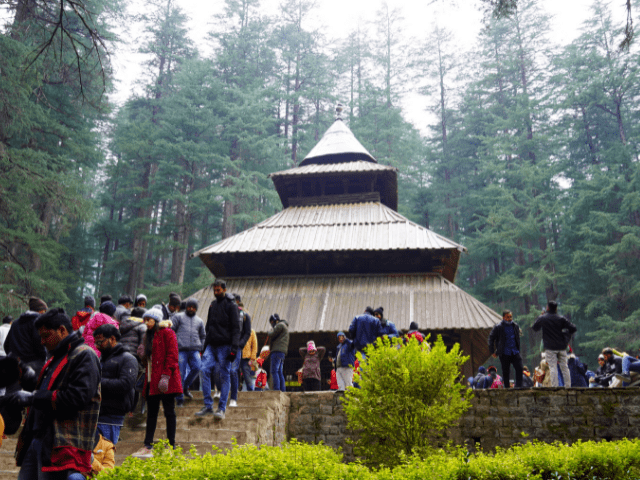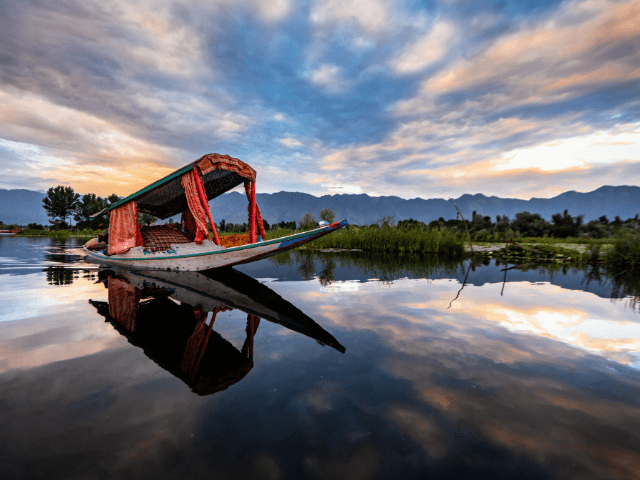



The program is one for the challenges and self discovery based on navigating the circumstances and overcoming obstacles. it promotes the awareness about the dynamics of the place and to acclimatise oneself to get used to it. it helps to take on the challenges in the stride with high degree of attention to detail.
Benefits:
A hill station tour offers students a refreshing break from routine life, surrounded by cool mountain air, lush green landscapes, and breathtaking views. It is an excellent opportunity to connect with nature while enjoying activities such as trekking, nature walks, and exploring local culture. The calm and peaceful environment helps students relax, reduce stress, and rejuvenate their minds. Additionally, exposure to different flora, fauna, and geographical features enriches their knowledge of environmental science and geography. Such trips also promote physical fitness, teamwork, and adaptability as students navigate hilly terrains and bond with peers in a serene setting.
Top Benefits:A desert tour introduces students to the unique beauty and culture of arid landscapes, offering them a completely different perspective on nature and survival. From camel rides and sand dune adventures to visiting traditional villages and learning about desert ecology, the experience is both thrilling and educational. Students gain insight into how people and wildlife adapt to extreme climates, fostering resilience and appreciation for different lifestyles. The vast, open spaces and mesmerizing sunsets create unforgettable memories, while the cultural performances, folk music, and handicraft workshops deepen their understanding of heritage and traditions.
Top Benefits:

A wildlife safari is a thrilling way to bring students face-to-face with nature’s raw beauty and biodiversity. Whether in a national park or a wildlife sanctuary, students get the chance to observe animals in their natural habitats, enhancing their understanding of ecosystems, conservation, and endangered species. Such trips encourage environmental awareness and a sense of responsibility towards protecting wildlife. The adventure of spotting rare species, learning from expert guides, and exploring forest trails builds excitement and curiosity, while also nurturing patience, observation skills, and respect for nature’s balance.
Top Benefits:A historical and cities tour provides students with a living classroom where history, culture, and modern life converge. Visiting heritage sites, museums, monuments, and architectural wonders helps students visualize textbook knowledge, making learning more engaging and memorable. Exploring cities allows them to witness cultural diversity, understand urban development, and experience different cuisines, languages, and traditions. Such trips also improve social and communication skills as students interact with locals and fellow travelers. The combination of historical exploration and modern city life creates a balanced educational experience, fostering curiosity and global awareness.
Top Benefits:

A beach tour offers students a perfect blend of relaxation, recreation, and learning in a coastal environment. The vast shoreline, soothing waves, and warm sunshine provide a refreshing change of scenery, while activities like beach games, sand art, and tide pool exploration enhance creativity and physical activity. Students learn about marine life, coastal ecosystems, and the importance of ocean conservation through direct experience. Beach tours also encourage team spirit through group activities, water sports (where permitted), and collaborative beach clean-up drives, instilling environmental responsibility alongside fun and adventure.
Top Benefits:
Camp organized under supervision of senior and experienced facilitator (Program Chief)

Experienced and certified mountaineering professional leaders & instructors

Program region mapped with emergency evacuation plan

Certified first aid support

Minimized risk management SOP

Residential doctor*

Separate boys and girls tents

Dedicated female instructors

Certified equipment by UIAA or similar bodies

A security guard for the night*

1:6 leader to participant ratio

Insurance

Fusing theory and practice together

Making the learning process identifiable

Increasing efficiency of learning

Stronger retention of the learning

Better attention, curiosity and interest generation

Development of aptitude, discipline and versatility

Best and imported camping equipment

Best food quality

Experienced staff













